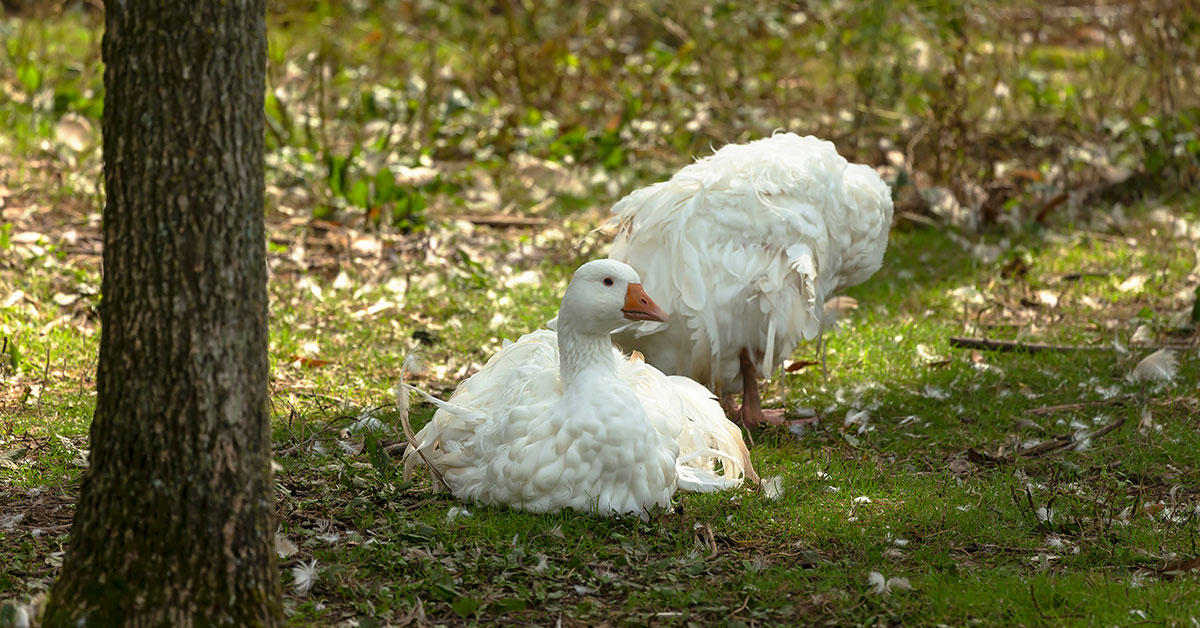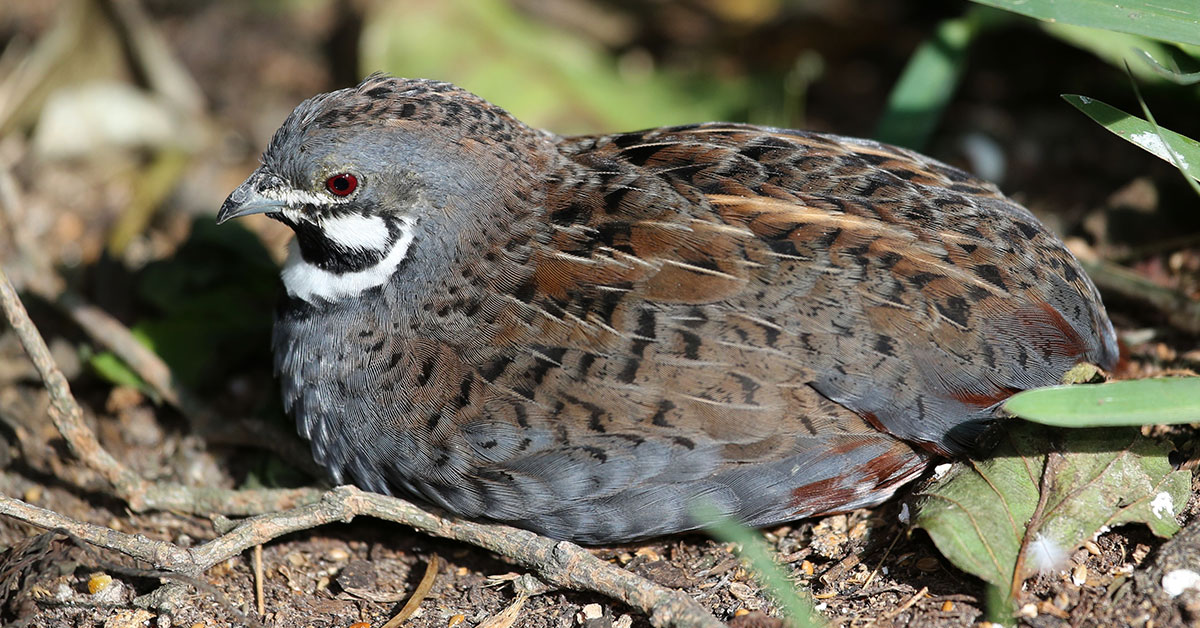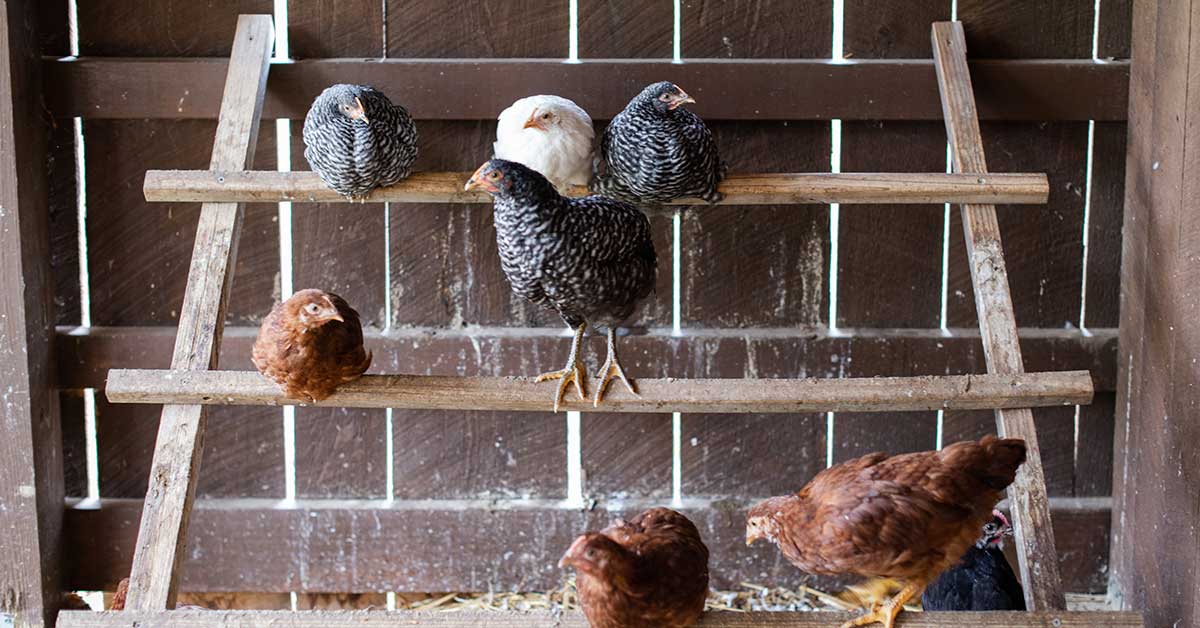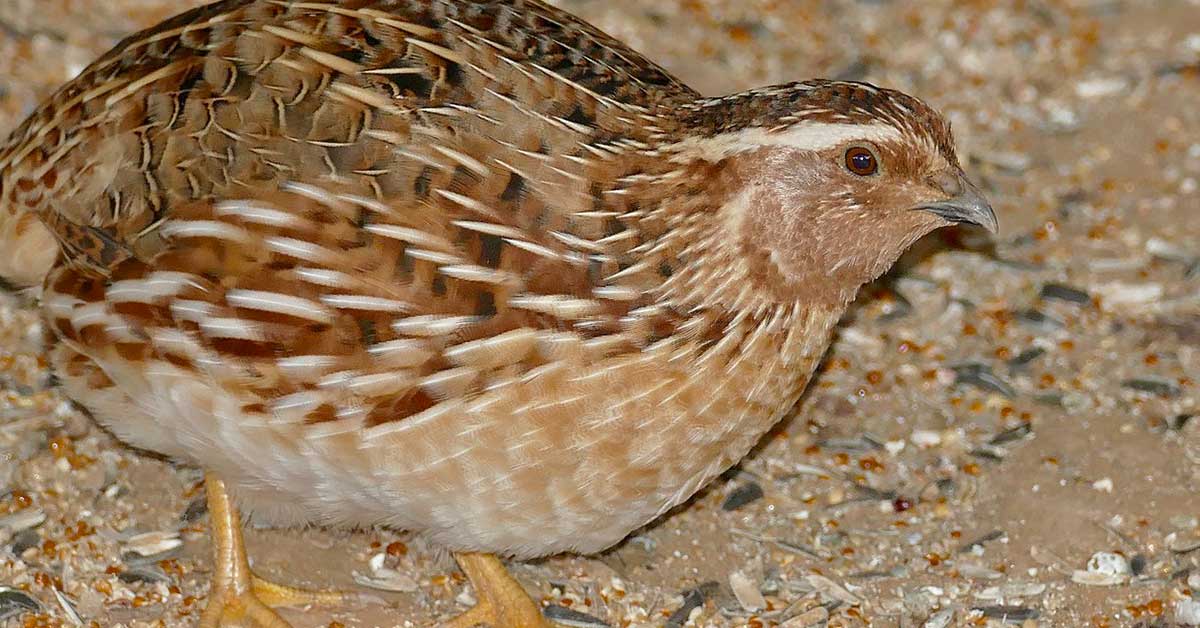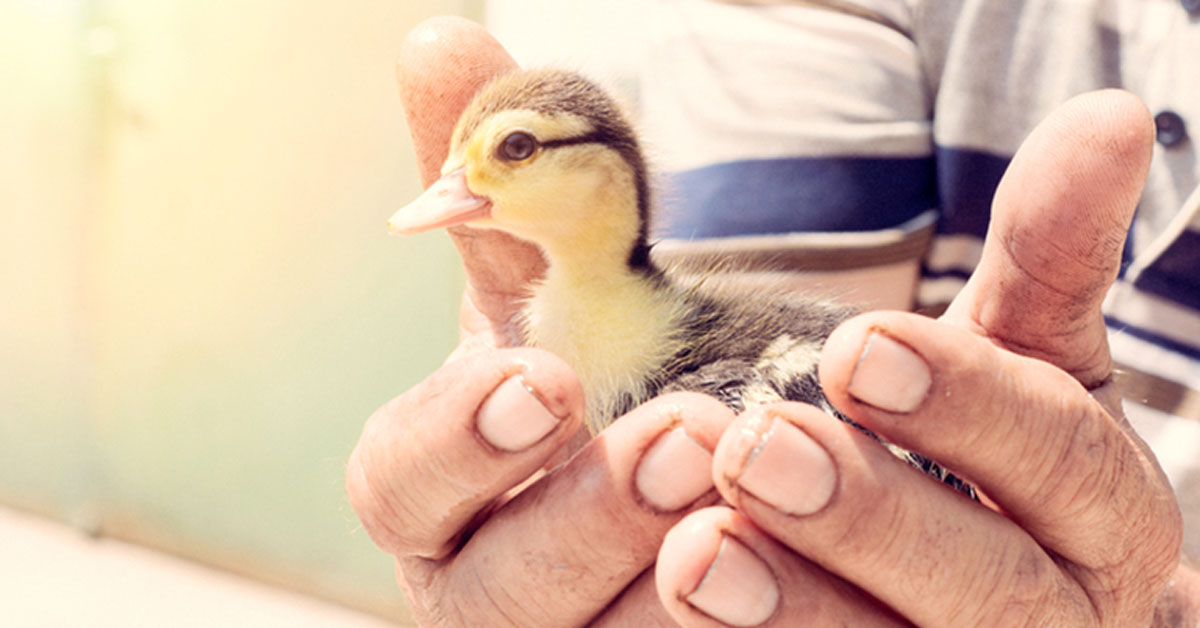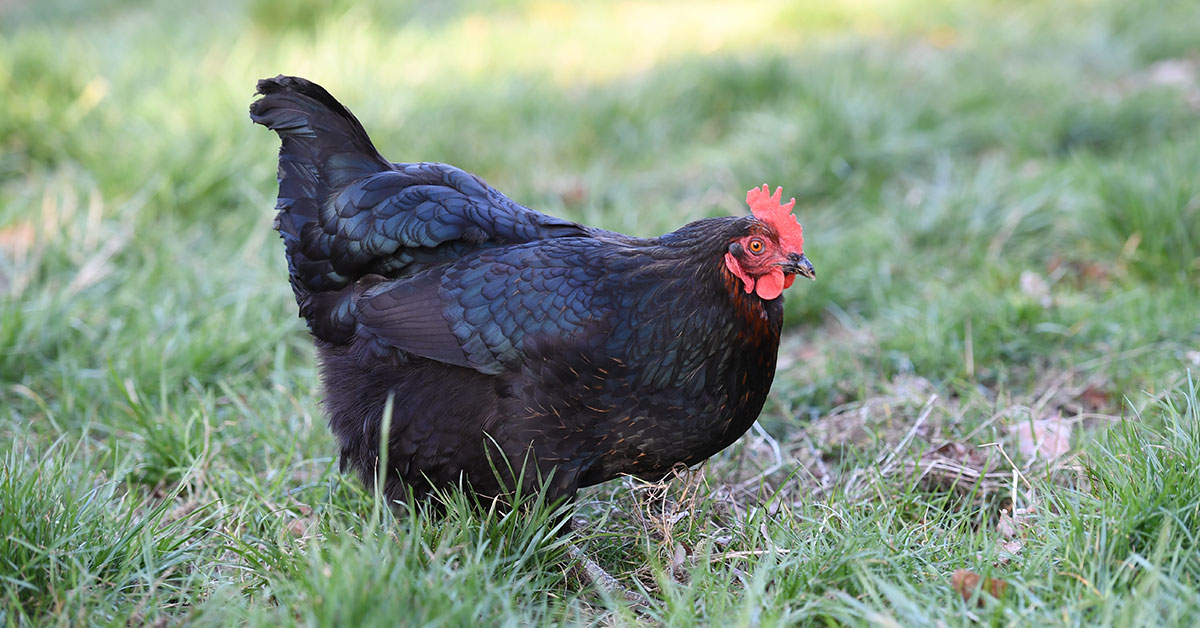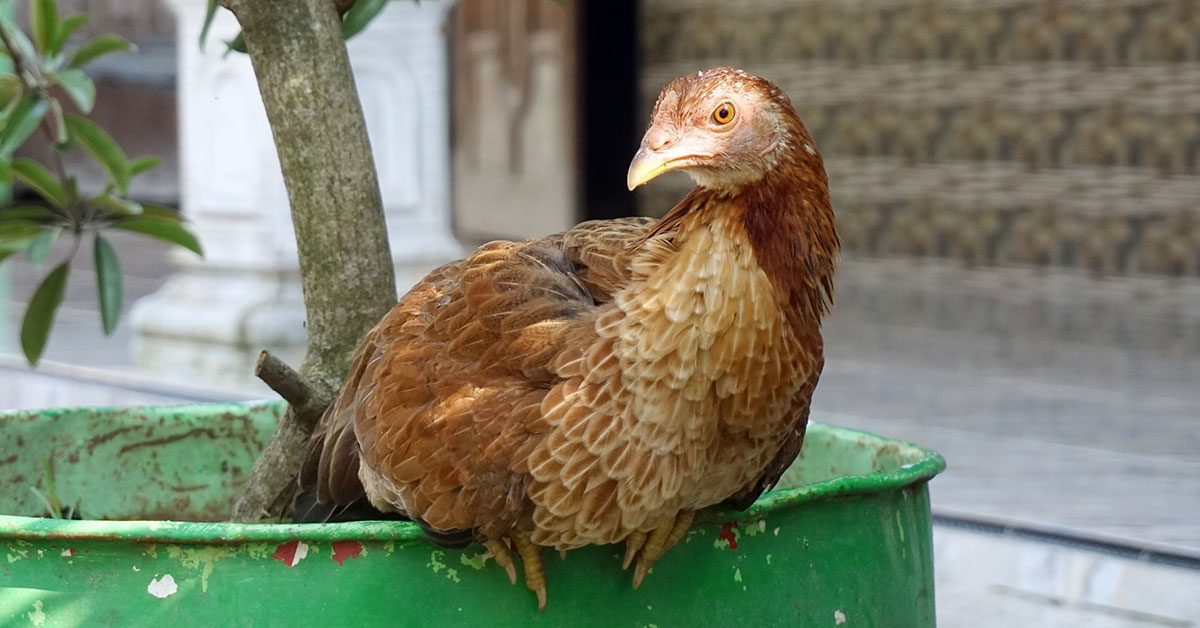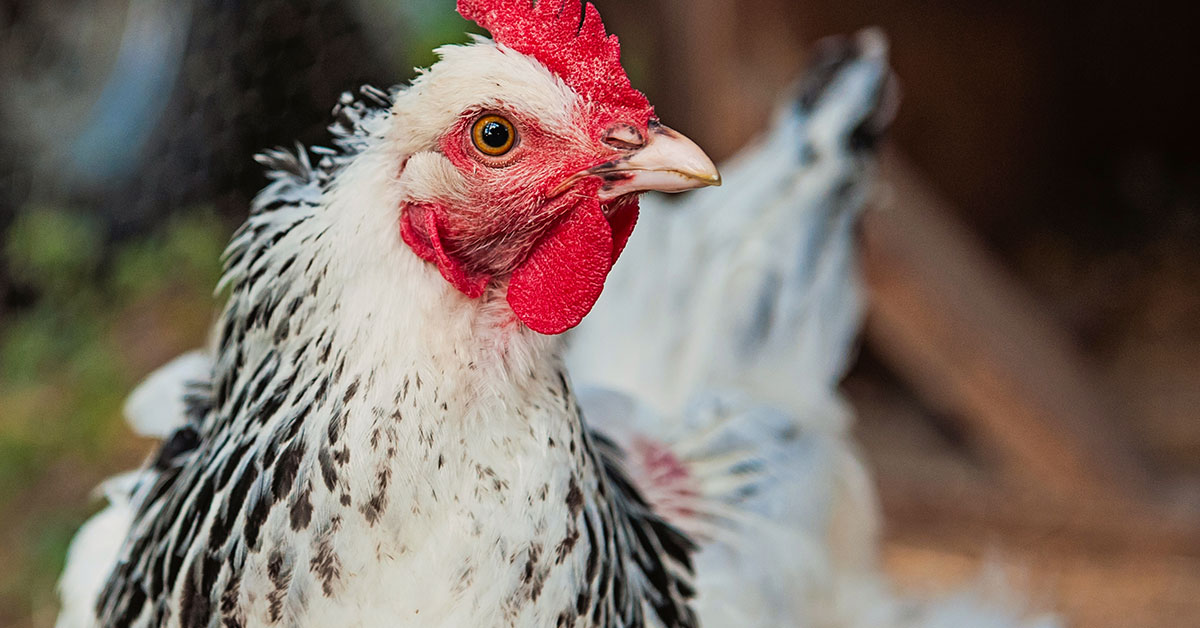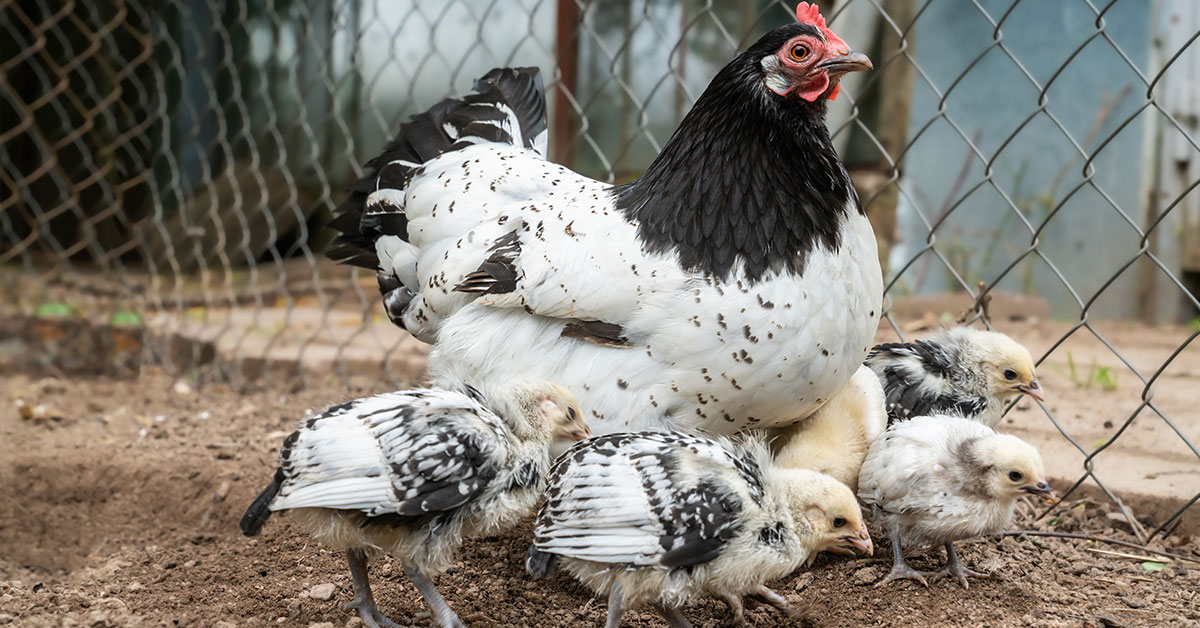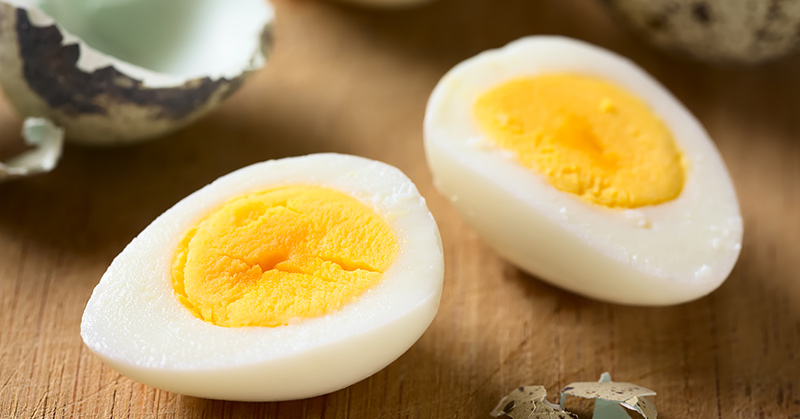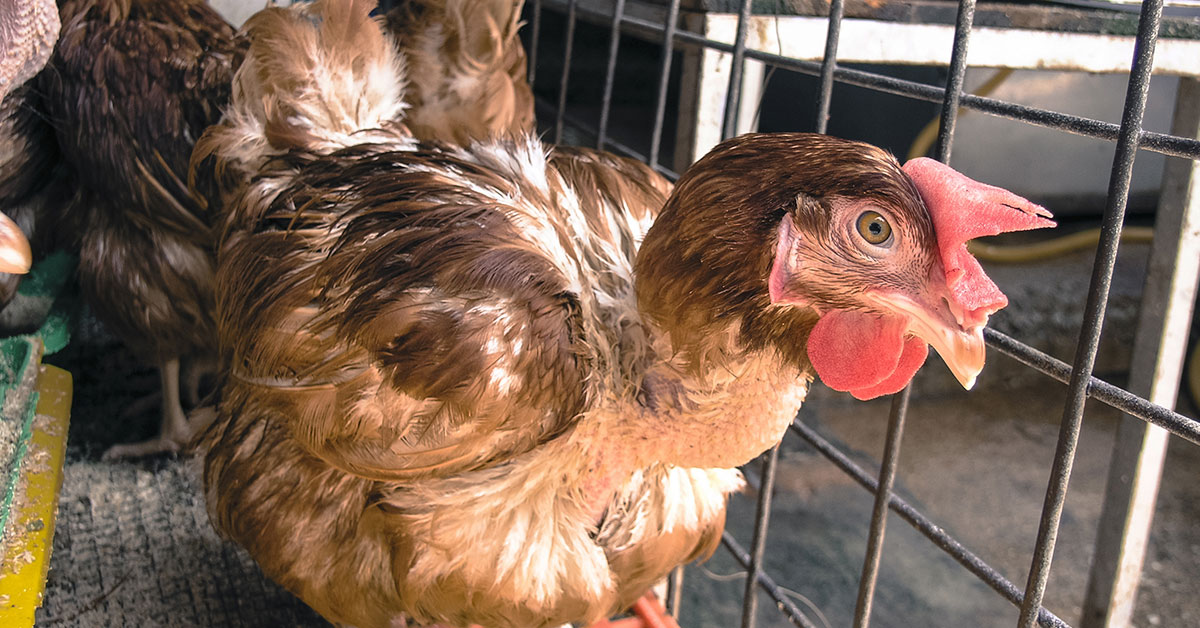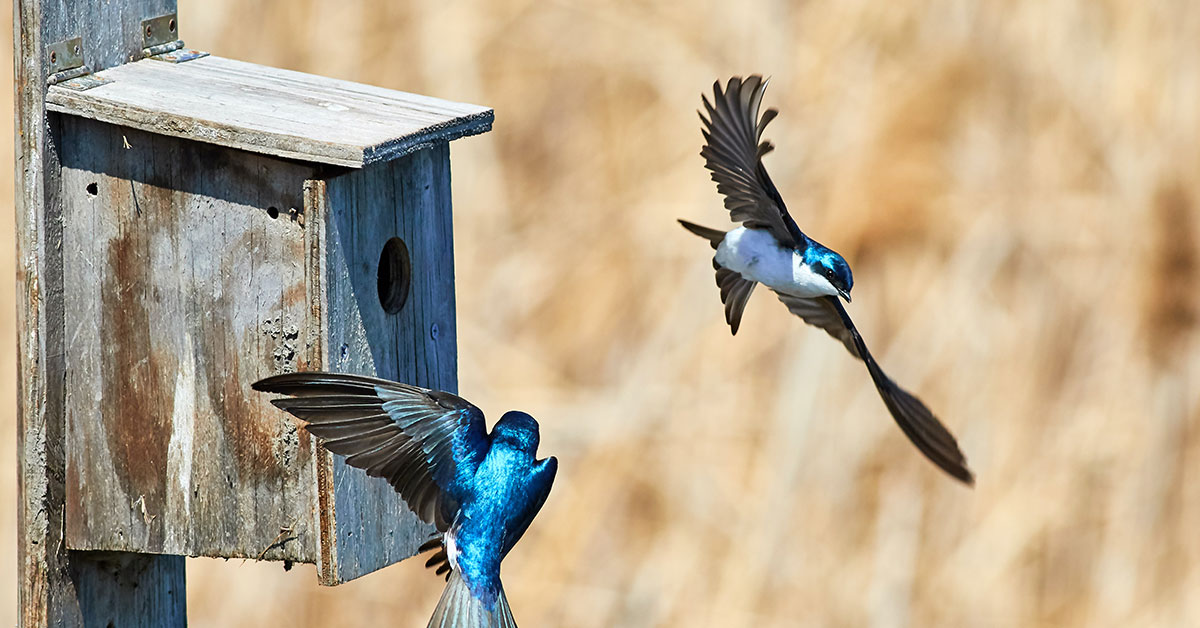Sebastopol geese are a unique and beautiful breed of domesticated geese that have become increasingly popular among backyard farmers in recent years. These birds are known for their distinctive curly feathers, which make them a striking addition to any flock.
But there are many other reasons why backyard farmers might choose to raise Sebastopol geese. For one, they are excellent foragers and can help keep gardens and lawns free of pests. They are also docile and friendly, making them a great choice for families with children or other pets.
In addition, Sebastopol geese are hardy and adaptable, able to withstand a wide range of climates and conditions. Whether you are looking to raise geese for meat, eggs, or simply as companions, these geese are a rewarding and enjoyable breed to work with.
Sebastopol Goose Appearance
Sebastopol geese are known for their unique and eye-catching appearance. They have a medium-sized body with a long, graceful neck and a distinctive upright posture. The most notable feature of Sebastopol geese is their curly, frizzy feathers, which give them a soft, fluffy appearance.
Their feathers can be white, gray, or buff in color and are often tipped with darker shades. These geese have a small, rounded head with a short, orange beak and large, expressive eyes. Their legs are relatively short and stout, and they have webbed feet that are ideal for swimming.
Both male and female Sebastopol geese have similar appearances, although males are typically larger and may have more prominent curled feathers on their wings.
These geese are a unique and beautiful breed of geese that are sure to stand out in any flock.
Purpose
Farmers raise Sebastopol geese for a variety of reasons, including their unique appearance, as well as their utility as a source of meat and eggs. While these geese are not as commonly raised for their meat as some other breeds, they are still a popular choice for farmers who value their flavor and nutritional value.
Sebastopol geese are generally not the best egg layers, with females laying up to 40 eggs per year.
Many farmers also raise Sebastopol geese simply for their aesthetic appeal. Their curly feathers and gentle disposition make them a popular choice for hobbyists and backyard farmers who enjoy the pleasure of raising beautiful and interesting animals. Sebastopol geese are known for their friendly and docile temperament when raised closely with humans and other animals, making them an enjoyable and low-maintenance addition to any farm or homestead.
What age do Sebastopol geese get curly feathers?
Sebastopol geese are born with straight, downy feathers that are not curly. Their curly feathers begin to grow in at around 2 to 3 weeks of age, at which point the feathers on their wings and tail start to curl.
Over time, more and more feathers will develop curls, until the bird has a full coat of curly feathers. Sebastopol geese generally reach full feather development at around 18 weeks of age, although the exact timing can vary depending on the individual bird and other factors such as nutrition and environmental conditions.
When do Sebastopol geese start laying eggs?
Sebastopol geese typically begin laying eggs between 8 and 9 months of age, although the exact timing can vary depending on the individual bird and environmental conditions.
Some factors that can affect when Sebastopol geese start laying eggs include the quality of their diet, the amount of daylight they receive, and the presence of a male mate to stimulate egg production.
Once they begin laying, female Sebastopol geese can produce up to 40 eggs per year, with peak production occurring in the spring and summer months. It is important to note that while Sebastopol geese are known for their egg-laying abilities, they are not as prolific as some other breeds and may not be the best choice for farmers looking to maximize egg production.
Breed origins
Sebastopol geese are believed to have originated in the region around the city of Sebastopol in the Crimean Peninsula, which was part of the Russian Empire at the time. The breed likely developed from a mix of local wild geese and domesticated breeds brought to the area by traders and travelers.
The exact origins of Sebastopol geese are not well documented, but it is thought that they may have been bred for their curly feathers, which were prized for use in clothing and other textiles.
Sebastopol geese were first introduced to Europe and North America in the mid-19th century and quickly gained popularity among breeders and fanciers for their unique appearance and gentle disposition.
Today, Sebastopol geese are a recognized breed by many poultry associations and continue to be bred and raised by hobbyists and farmers around the world.
How Long Do Sebastopol Goose Eggs Take To Hatch
Sebastopol goose eggs take around 28-35 days to hatch, depending on the incubation temperature and humidity. The eggs are large and can weigh up to 7 ounces each. These geese are excellent parents and will diligently care for their eggs and young. However, if you are incubating eggs yourself, it is important to monitor the temperature and humidity carefully to ensure successful hatching.
What do Sebastopol geese eat?
Sebastopol geese are omnivorous and primarily feed on a diet of grasses, weeds, and other plant matter. In addition to foraging on grasses and other vegetation, they may also eat insects, snails, and other small invertebrates that they find in their environment.
Domesticated geese are typically provided with a balanced diet that includes a combination of commercial poultry feed and fresh produce such as fruits and vegetables. High-quality poultry feed should make up the majority of their diet, with fresh produce provided as a supplement.
When feeding Sebastopol geese, it is important to ensure that they have access to clean, fresh water at all times. Geese require plenty of water for digestion and hydration, and providing them with a clean source of water can help prevent health problems such as dehydration and digestive issues.
Providing a balanced and nutritious diet is an important aspect of caring for Sebastopol geese and can help ensure that they remain healthy and happy.
Sebastopol geese lifespan
Sebastopol geese, like other domesticated geese, can live for an average of 10-15 years with proper care and nutrition. However, some individuals have been known to live longer, up to 20 years or more, in ideal conditions.
Factors such as genetics, diet, and environment can all play a role in determining the lifespan of a goose. Providing a balanced and nutritious diet, a safe and comfortable living environment, and regular veterinary care can help ensure that your Sebastopol geese live a long and healthy life.
Caring For Pet Geese
Caring for pet Sebastopol geese can be a rewarding and enjoyable experience, but it also requires a significant amount of time, effort, and knowledge. Here are some basic guidelines for caring for pet geese:
- Housing: Geese need a safe and secure place to live, preferably with access to water for swimming and bathing. A sturdy, predator-proof shelter is essential, as geese are vulnerable to attack from predators such as raccoons, foxes, and dogs. The shelter should be spacious enough to allow the geese to move around freely and provide adequate ventilation. Geese also need a nesting area where they can lay their eggs.
- Feeding: Geese are herbivores and require a diet that is high in fiber and protein. A balanced diet should include a variety of foods, such as grass, grains, vegetables, and fruit. Geese also require access to fresh water at all times.
- Health care: Geese require regular veterinary care, including vaccinations and routine check-ups. It’s important to monitor their health closely and watch for signs of illness, such as loss of appetite, lethargy, or respiratory issues. Geese are susceptible to a variety of health issues, including parasites, respiratory infections, and injuries.
- Exercise: Geese need plenty of space to exercise and forage, ideally in a large outdoor area where they can graze on grass and other vegetation. They also enjoy swimming and bathing, so access to water is important.
- Socialization: Geese are social animals and thrive in groups. It’s important to provide them with companionship, whether from other geese or from other animals, such as ducks or chickens.
Overall, caring for Sebastopol geese requires a significant amount of time, effort, and knowledge. It’s important to research the specific needs of your geese and provide them with a safe and healthy environment. With proper care and attention, pet geese can be a rewarding and enjoyable addition to your household.
